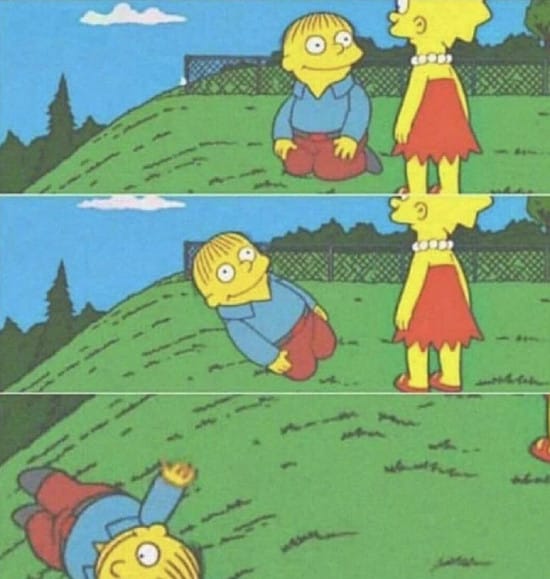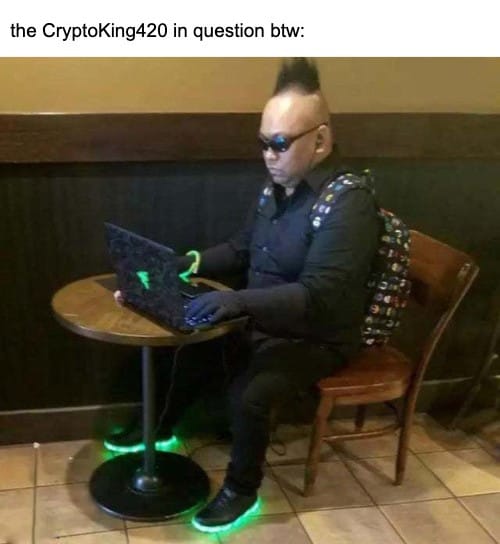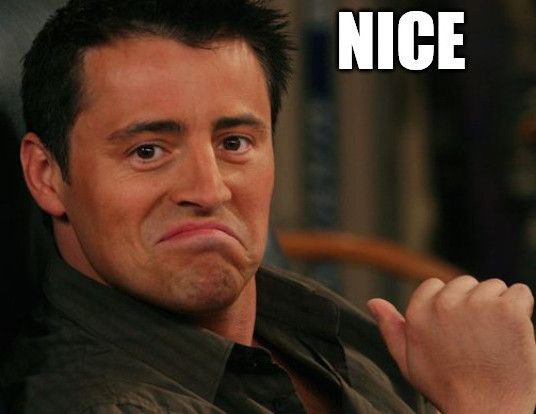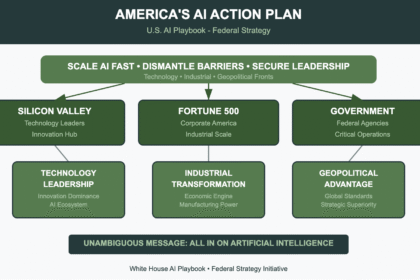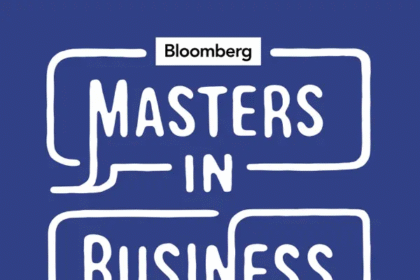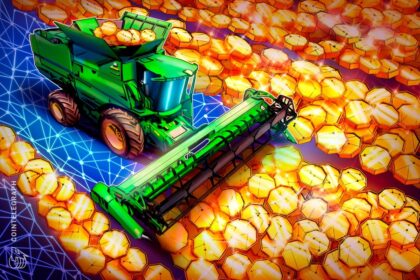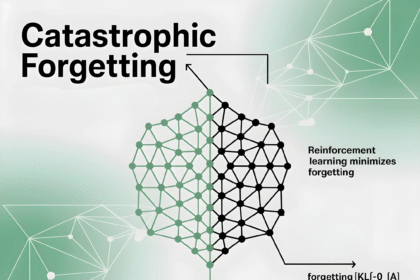Ladies and gents, welcome to the final episode of the Crypto 101 series.
(…final for now. Maybe 👀)
We’ve already covered the basics: different ways to trade, where to trade, and where to store your coins.
But that still leaves one big question: how do you figure out what to actually buy?
Which is exactly what we’re looking at today. Let’s roll 👇
|
Buying crypto isn’t just about guessing what’ll go up. It’s about understanding what you’re buying – and why people might find it valuable.
So, if you don’t wanna get rugged on your first day, it’s worth asking yourself these questions before investing in a project:
1/ What does the coin do?
Is this token useful, or is it just… there?
You want a clear purpose. For example:
To find this stuff out, check the project’s whitepaper. You don’t have to read every word – just enough to find out:
What problem are they solving? How? Is their solution unique, useful, or already done better elsewhere?
If the project itself can’t answer that clearly, that’s a 🚩
2/ Who built it – and are they legit?
The team behind a project can make a big difference.
Sure, there are some anonymous devs who’ve built incredible things, but often, you wanna see real names with real experience.
Do a little digging. What have they worked on before? Do they have industry connections? Are they backed by known VCs or integrated into other platforms?
For example:
-
Solana was started by former Qualcomm engineers;
-
Polygon has partnerships with giants like Reddit and Disney.
If all you find about the team is a vague website, a generic roadmap, and a Telegram group run by someone named “CryptoKing420” – that’s a 🚩
|
3/ How do the tokenomics work?
Tokenomics – or token economics if we’re talkin’ full government names – is basically how a crypto token is structured.
And this stuff matters a lot. You could have the smartest project ever, but if the token model doesn’t make sense, it can still fall apart.
Here are a few things worth checking:
👉 Is there a max supply?
If not, new tokens can be minted endlessly, which could increase supply and impact price stability over time.
A capped supply (like Bitcoin’s) helps limit inflation.
👉 Who holds most of the supply – early investors, the devs, or the community?
If most tokens are held by insiders or early investors, there’s a risk of them dumping later and crashing the price.
A more even distribution reduces that risk and shows stronger community support.
👉 How are new tokens released?
Projects often have “vesting schedules” that unlock tokens over time.
If a massive unlock is coming soon, that could flood the market and drag down the price, especially if insiders decide to sell.
👉 And lastly, why would anyone want to hold this token long-term?
Does it give access to features, voting rights, staking rewards, discounts? Or is it just something people buy only because they hope it’ll moon?
If there’s no strong use case or reason to hold, long-term demand might be limited – and without demand, prices usually don’t hold up either.
TL;DR: if a token has unlimited supply, no use case, and is mostly held by a small group of early buyers – that’s not a long-term investment. It’s a setup for a pump-and-dump.
Strong tokenomics won’t guarantee success, but bad ones often lead to failure.
4/ What are the market metrics saying?
Some basic numbers can offer extra context:
👉 Market cap gives you a rough idea of how big (or risky) the project is.
👉 Volume shows how actively the token’s being traded.
👉 Liquidity tells you how easily you can move in and out without affecting the price too much.
A token with good market metrics is often more sustainable in the long run.
|
5/ Is the tech actually any good?
This part gets overlooked way too often. But if you’re gonna invest in a token, you should know if it’s built on solid ground.
Start by looking at the underlying tech:
What kind of blockchain is it on? Can it scale? Is it secure? Has it been hacked before – and if so, how did the team respond?
Another tip: check how often the project is updated.
Is the GitHub active? Are developers still building?
A quiet repo = a quiet project = probably not what you want.
Take Polkadot, for example – it’s built for flexibility and security, with a consistently active dev team. That kind of steady progress tends to reflect long-term commitment.
|
6/ What’s the community vibe?
Crypto isn’t just code – it’s people.
A strong, engaged, non-bot community can drive adoption and build trust.
Look for:
👉 Activity on Discord, X, Reddit;
👉 Real discussions (not just “wen moon”);
👉 Community-led initiatives or governance proposals
A token with a strong community behind it may have more support and staying power.
7/ Are there regulatory risks?
Not the fun part – but still important.
Keep an eye on whether the token might be considered a security in the US or elsewhere. Is the team operating transparently? Are they actively trying to comply with regulations? Are there lawsuits, bans, or investigations in major markets?
You don’t need a law degree, but if something looks shady, it’s worth being cautious.
|
So yeah, reading a coin isn’t just checking charts – it’s about doing a bit of digging. And if you haven’t looked into the basics, you’re probably making a bet, not an informed decision.
Asking the right questions gives you more context – and that can be helpful no matter what the market’s doing.
Oh, and before you go – if you liked this week’s beginner-friendly breakdowns, reply or tap that rating button below to let me know. I might cook up something like this again in the future 👀
Have a chill weekend, don’t get rugged, and I’ll see you Monday with the usual format!
|
Now you’re in the know. But think about your friends – they probably have no idea. I wonder who could fix that… 😃🫵 Spread the word and be the hero you know you are! |





